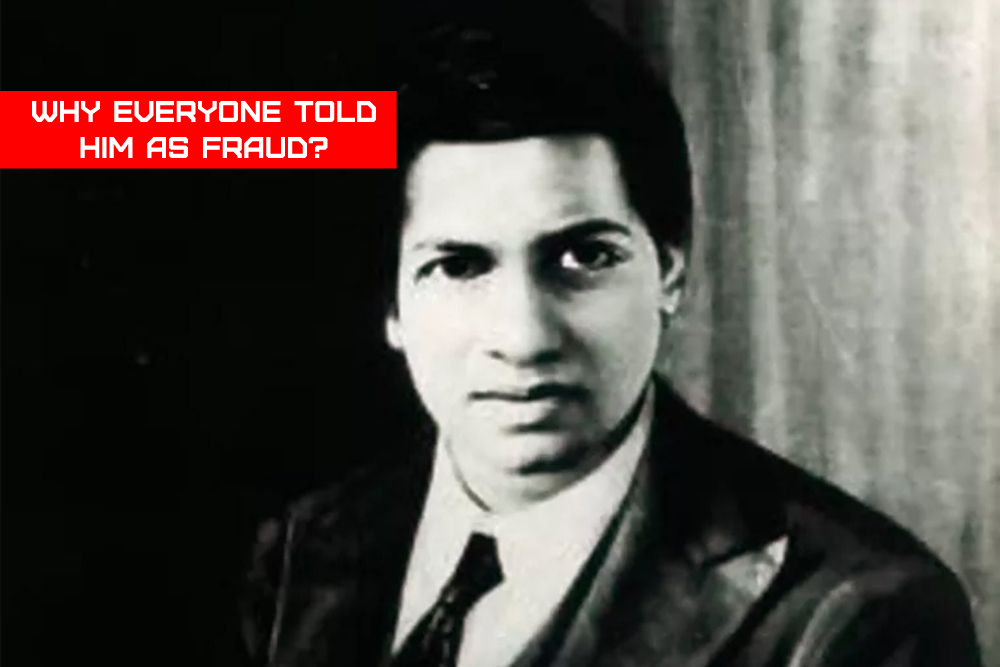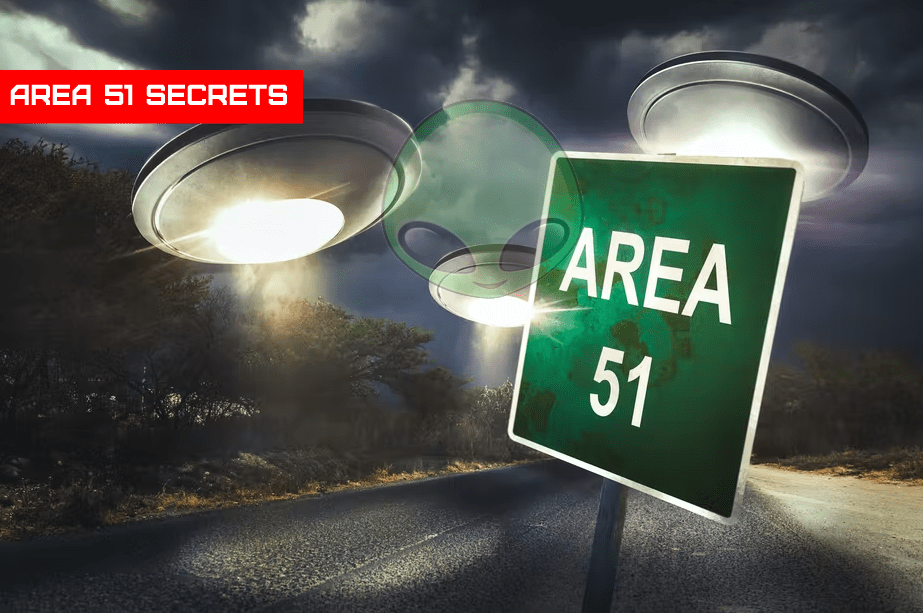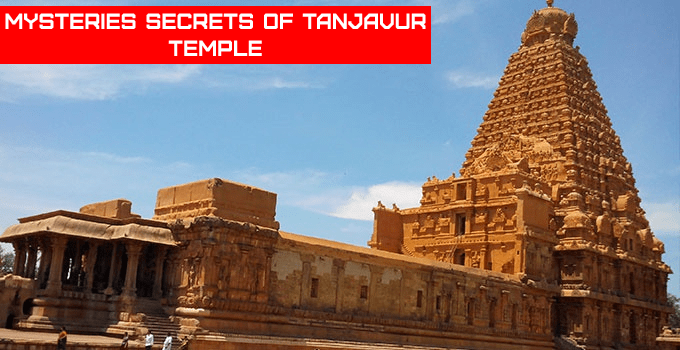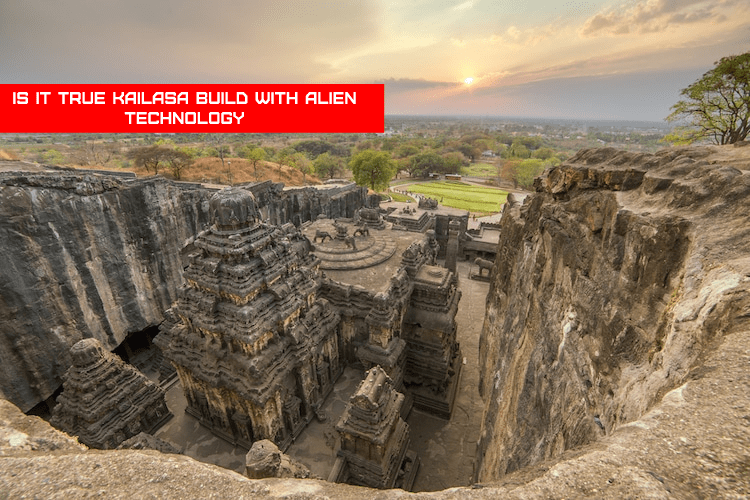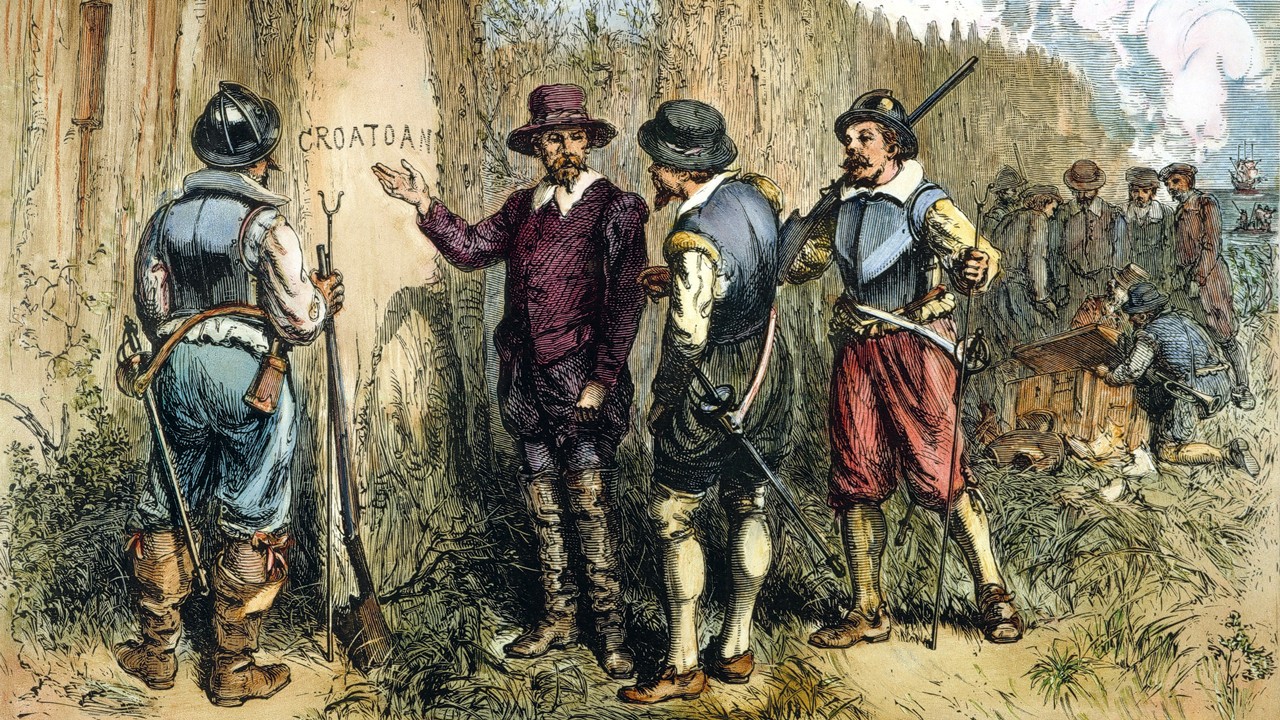Shree Visnnu’s Vaikuntna companions adopted avatars in India during the Dwapar Yug to participate in the Krishna leela, re-establishing Dharma for the ordinary people and annihilating bad forces. Sheshnag, the divine lord of snakes, took the form of Balram, Shree Krishn’s brother.
Balarama devotees are guarding the Padmanabhaswamy temple’s entrances.
About Padmanabhaswamy Temple
Sree Padmanabhaswamy Temple is a Hindu temple in Thiruvananthapuram, India, dedicated to Bhagwan Vishnu. The shrine is presently managed by a trust led by the Travancore royal family. Travancore’s Maharajahs are Cheras descended from the famous saint Kulashekhara Alwar. The temple is one of 108 Divya Desams (pious abodes of Vishnu) – the deity’s primary places of devotion in Vaishnavism.
The temple is recorded in the Divya Prabandha, an early mediaeval Tamil poetry canon of the Tamil Alvar saints (6th-9th centuries CE), with structural improvements made throughout the 16th century CE, when its elaborate Gopuram was built. The temple holds historical importance for Sanatan Dharmis.
The Deity and the Padmanabhaswamy temple are mentioned in hundreds of years old Hindu texts, ancient scripts, and recent Sangam Tamil literature (500 BC to 300 AD, when it was referred to as the “Golden Temple” due to its then unimaginable wealth), and the treasures include countless artefacts dating back to the Chera, Pandya, Mesopotamian, Greek, and Roman epochs.
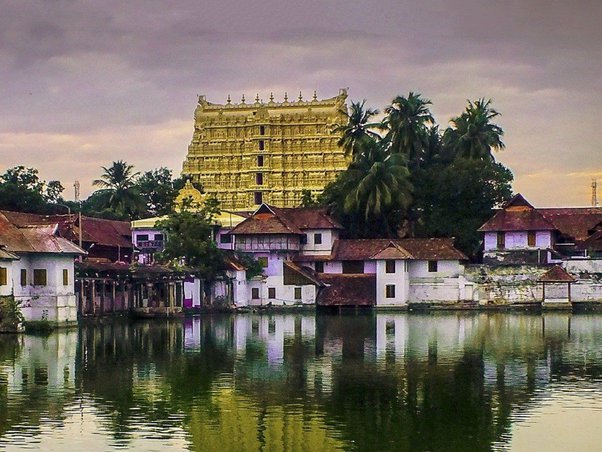
Pathmanabhaswamy Temple Treasure Doors Opened
Sri Padmanabha Swami’s valuables were always kept hidden. The tales regarding the riches were remained as rumours until an Adovacate Ananda Padmanabhan, like any attentive, aired his questions about the temple’s treasure. In September 2007, two devotees filed a case against the temple’s administrators in a Trivandrum low court.
According to the complaint, according to his research and analysis, the temple has underneath it almost six chambers or kallaras that store a lot of riches, as according to mythology, the temple may have buried treasure in it.
On this premise, the Trivandrum High Court assigned two commissioners to be present whenever the vault is opened by temple personnel. On October, Anantha Padmanabhan and two policemen entered the chamber where the god was housed and found the six kallaras, as Ananda Padmanabhan stated.
They unlocked two vaults, C and D, which held God’s decorations, which were utilised during festivals. These catacombs were closed and sealed again.
After repeated petitions to the Supreme Court, the court ultimately assigned supervisors to search for the remaining kallaras in the temple. During the surveillance, two vaults with enormous treasure were opened. The treasure’s discovery is estimated to be worth one lakh crore. The kallaras are organised from A to B. A and B were never opened in these vaults for 150 years. According to legend, the chamber was last opened in 1930.
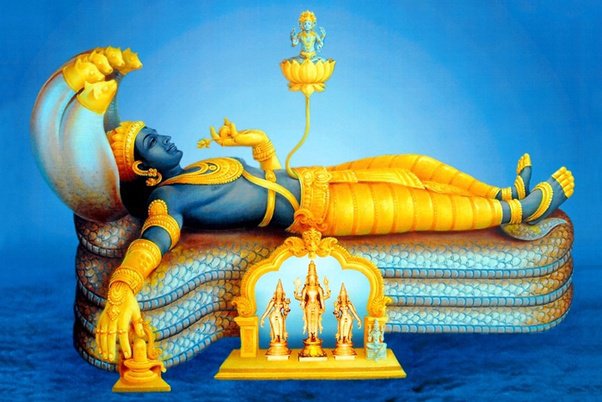
Pathmanabhaswamy Temple Secret Doors Opened 90 Years Back
On December 6, 1931, at 10 a.m., Sri Chithira Thirunal Balarama Varma personally placed the key to the Padmanabh Swami temple’s hidden rooms into its rusted locks. An ambulance was waiting outside the temple since no one knew what they would see inside. They had to labour really hard for two and a half hours to bust open the doors since the locks couldn’t be broken.
It was then discovered that the other kallaras were responsible. The Mahabaratha konathu kallara, Sree Pandarathu kallara, Vedavyana konnathu kallara, and Saraswathi konathu kallara were all opened. The mission was called off at 3:30 p.m.
The Hindu editor present at the time of the event reported that they discovered four brass chests filled with old coins, a granary-like structure filled with gold and silver coins, and many artefacts made of gold and silver. They also discovered a wooden chest filled with gold, diamonds, rubies, and many other precious stones.
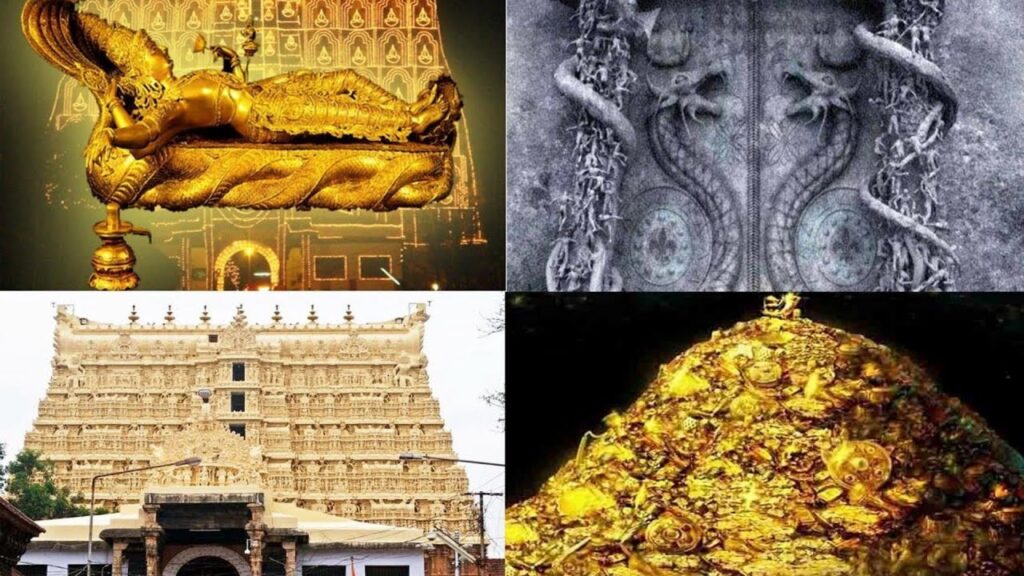
Pathmanabaswamy Temple Secret Doors Opened Again at 2011
Following court orders, the temple treasure was just opened. In June 2011, the Supreme Court ordered the archaeological department and the fire department to unlock the temple’s hidden rooms for scrutiny of the artefacts housed there. The temple features six previously known vaults (Kallaras), classified A through F for bookkeeping purposes by the Court (an Amicus Curie Report by Justice Gopal Subramaniam, again in April 2014, apparently discovered two additional further subterranean vaults labelled G and H). While vaults A and B have remained unused for many years, vaults C through F have been opened several times.
The vaults C to F have been opened after being closed for many years.
The temple’s two priests, the ‘Periya Nambi’ and the ‘Thekkedathu Nambi,’ are the keepers of the four vaults, C to F, which are opened on a regular basis.
The Supreme Court had ordered that “the temple’s current traditions, processes, and rituals” be followed while opening vaults C through F and using the goods inside, whereas vaults A and B would be opened solely to make an inventory of the articles and then closed.
A seven-member commission constituted by the Supreme Court of India to compile an inventory reviewed the temple’s underground vaults, resulting in the enumeration of a huge collection of objects that are customarily kept under lock and key. A thorough inventory of the temple’s assets, which include gold, gems, and other treasures, has yet to be made.
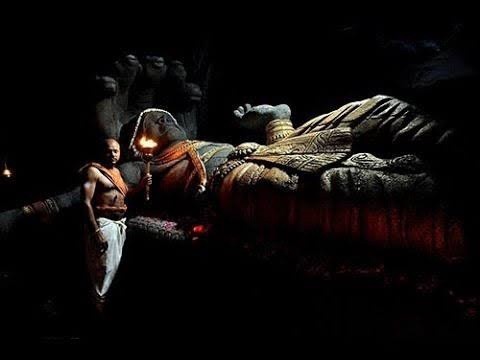
A Short Story of a Traveller on Pathmanabhaswamy Temple Vaults B Secrets
The secrets of Vault B date back millennia. For the benefit of humanity, centuries after generations have guarded the wisdom.
Local tradesmen and tribal chiefs were among those who were greedy. They told a British officer the secret. The decision was made to unlock Vault B. Emily Gilchrist Hatch’s 1933 travel book, Travancore: A Guide Book for the Visitor, contains a firsthand description of Vault B.
Hatch remembers a group of expert labourers attempting to access Vault B in 1931. They were astounded to see hundreds of cobras guarding the riches, with the majority of the snakes in unusual postures, much like well-trained guardians. They had to flee for their life.
The atmosphere was terrifying, and no one could stand for more than a few seconds. Like other vaults, there are several legends concerning the contents of Vault B, with most people agreeing that it holds a large amount of riches – it is carefully safeguarded since it contains more wealth than all the Vaults together. Other Vaults’ stories came true when they were recently uncovered. If Vault B is unlocked, similarly terrifying details of unlocking disaster must be treated carefully. Nobody can afford to make fun of the Siddh Rishis’ and holy deities’ designs.
Many experts felt that the vault should not be opened for fear that the planet will be struck by a disaster that would terminate our entire existence.
The traveller provided no recorded proof that whatsoever he said about unlocking Vault B was factual or a made-up hypothesis to sell the book.
Pathmanabhaswamy Temple Seventh Chamber Secret
The entire world is now waiting to discover what is behind the Mysterious Last Door of Padmanabha Swamy Temple. It is supposed to open by itself when a Secret Mantra is spelled, according to specialists, because it is locked in that fashion.
The Trust members and other renowned Astrologers of India regard this room as very secretive, holy, perilous, and harmful to reveal. Because the steel door of the Chamber-8 features two large Cobra portraits and lacks any screws, bolts, or other locks.
It is said that the ‘Siddha Purashas’ who lived during the reign of King Marthandavarma in the 16th century attached it to the hidden room with the ‘Naga Bandham’ or ‘Naga Paasam’ mantras.
A hidden vault door can only be opened by highly educated ‘Sadhus’ or ‘Mantrikas’ who are conversant with the knowledge of extricating ‘Naga Bandham’ or ‘Naga Paasam’ by reciting a ‘Garuda mantra’; otherwise, the doors cannot be unlocked by anybody. There are now no very sacrosanct Rishis anywhere in India or the world. Powerful Siddha Purshas are not found among the public. Those who understand the Vedic technique for reciting the Garuda mantra like to dwell in solitary areas, hills, and forests.
Pious Rishis exist, but they keep a distance from ordinary people because they have effectively raised their ideas and soul to a high degree of divine consciousness. Away from concerns of worldly wealth and heritage.
According to Vedic astrologers of India, if humans use man-made technology to open the mysterious Chamber-B other than by chanting highly sacred and powerful Garud Mantras by the pious Sadhus, disasters are likely to occur in and around the Temple premises, throughout India, or even throughout the world.
If the Garuda Mantra is recited by a strong Sadhu, Yogi, or Mantrika, the door will open automatically, with no human effort required.
People on our side of the door can currently hear the sounds of running water or snake hisses. Believers claim that the seventh door contains an aperture through which the whole temple and surrounding regions may be flooded with water, while others claim that huge serpents defend the place within and do not allow anybody in. The day when we find out what’s actually going on is still far away.
Vedic astrologers have excelled in prediction for centuries; various historical events, from the advent of the Mahabharat battle to the partition of India, have all been successfully prophesied.
Ignorant Indians frequently denigrate our own legacies. Vedic astrologers were highly regarded even by Britons, so when they advised Congressmen and Britons not to declare (a division called) independence on 15th August because the day was not auspicious, Britons purposefully declared it on the same date, believing that it would definitely cast a bad omen on India. Whatever Vedicians predicted came true, and India still remains a nation with the highest number of poor people, no basic sanitation, and deeply rooted corruption.
That is why Vedic astrologers were summoned; when they saw the doors, they conceded they could not unlock them.
Following recent developments in India’s assembly elections, which are favourable for the formation of native Bharat, the recent forecast of the re-establishment of Vedic Hindu Rashtra will also comes true.
The richness belongs to Bhagwan, not to the people; once a donation is made, no one has any claim to the Yagna gifts. T.P. Sundarajan, the initial petitioner whose court case resulted in the inventory collection, died in July 2011, lending weight to those who believe in the temple’s secret locking. Simply filing the petition resulted in the petitioner’s death; picture what may happen if a malicious attempt to unlock the doors is made. The devotees of Balram guard the doors and continue to ensure the prosperity of Anantha Padmanabhaswamy Temple.
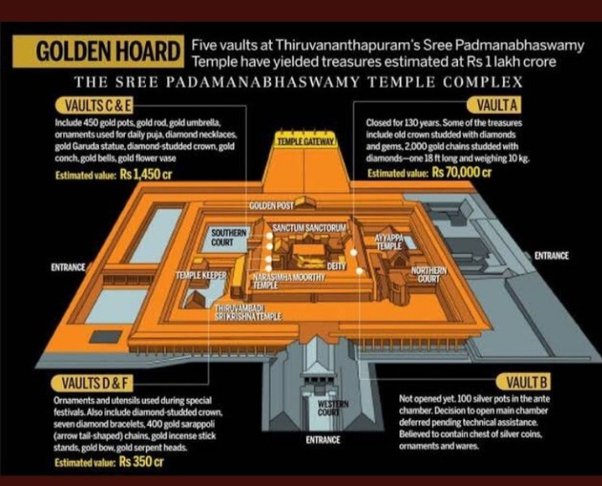
World’s Richest Temple
Inventorying and appraisal of artefacts in vaults C, D, E, and F had only been finished as of March 2013, while official inventorying of vault A had just begun, and vaults B, G, and H, as well as their many ante-chambers, had yet to be opened. Over 1.04 lakh ‘items’ have been recovered, valued, and returned to vaults C, D, E, and F. Vault A is home to around 1.02 lakh items. An ‘article’ might be a single object or a collection of multiple items, such as a stockpile of 1,95,000 ‘Rassappanams’ (Gold coins) weighing 800 kg and sets of Navaratnas (collections of nine different kinds of fully precious diamonds).
Among the over-1.04 lakh objects inventoried from vaults C, D, E, and F are over 60,000 completely precious stones set as elements of bigger pieces of gold jewellery. The inventory findings will not be revealed until the entire procedure is completed, as ordered by the Supreme Court of India.
Among the alleged discoveries is a three-and-a-half-foot-tall solid pure gold Mahavishnu deity adorned with hundreds of diamonds, rubies, and other valuable stones.
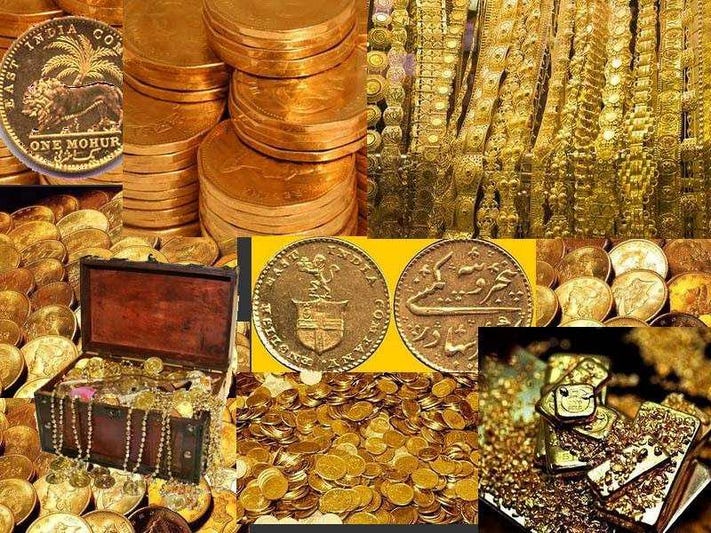
An 18-foot-long pure gold chain, a 500-kilo gold sheaf, a 36-kilo golden veil, 1200 ‘Sarappalli’ gold coin-chains encrusted with precious stones, and several sacks filled with golden artefacts, necklaces, diadems, diamonds, rubies, sapphires, emeralds, gemstones, and objects made of other precious metals and precious stones were also discovered. Ceremonial garb in the shape of 16-part gold anki weighing over 30 kilogrammes (66 Ib), gold coconut shells encrusted with rubies and emeralds, and various 18th century Napoleonic era coins were discovered with many other artefacts. An expert committee was formed in early 2012 to analyse these artefacts, which included lakhs of Roman Empire gold coins discovered in Kottayam, Kannur District.
